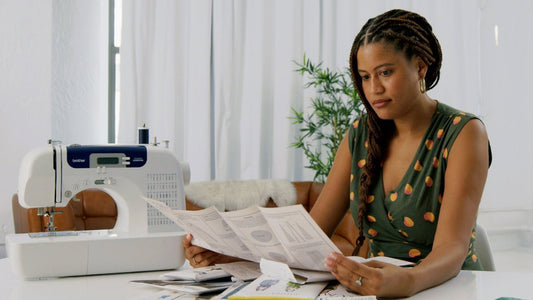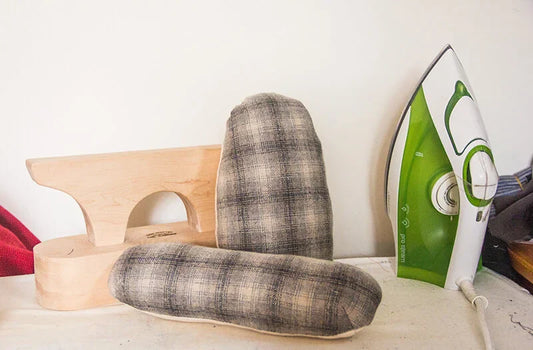Welcome to the world of DIY sewing with Sewpronto, where we embrace the values of slow fashion. If you're passionate about creating your own clothes and making a sustainable impact, understanding the essential sewing equipment is your first step. Whether you're a beginner or a seasoned hobbyist, having the right tools will enhance your sewing experience and help bring your creative visions to life.

1. The Must-Have Sewing Equipment
Most sewing guides agree that a handful of basic tools form the foundation of any sewing setup. From tutorials on The Spruce Crafts to AllFreeSewing, the same list often appears:
-
Sewing machine: A reliable model with simple features is more than enough to start.
-
Fabric scissors: Keep them sharp and use them only for fabric.
-
Measuring tools: A tape measure, clear ruler, and a small seam gauge.
-
Pins or clips: To hold fabric pieces together.
-
Hand and machine needles: Different sizes for different fabrics.
-
Thread: Invest in good-quality thread; cheap thread often causes tangles and breakage.
-
Iron and ironing board: Pressing fabric is just as important as stitching it.
These basics are the heart of any kit—and without them, even simple projects become a challenge.
2. Useful Upgrades to Consider
Once you’ve got the basics down, you can expand your sewing equipment with tools that make the process easier:
-
Rotary cutter and cutting mat for precise cuts.
-
Marking tools such as chalk or water-soluble pens.
-
Special presser feet for zippers, buttonholes, or hemming.
-
Storage solutions to keep your tools organized.
SewGuide highlights over 40 different sewing tools, but remember—you don’t need them all at once. Build your kit gradually, as your skills and projects grow.
3. Beginner Sewing Equipment

If you’re just starting out, keep things simple. A solid beginner sewing equipment kit should include:
-
A beginner-friendly sewing machine.
-
Fabric scissors and small snips.
-
Tape measure and pins.
-
A seam ripper (your best friend for fixing mistakes).
-
An iron for pressing.
With these, you can handle most beginner projects, from tote bags to skirts, without overspending.
4. Tips for Choosing and Using Equipment
-
Match your equipment to your fabric type—different needles and scissors suit different weights.
-
Maintain your tools: sharpen scissors, clean your machine, and replace needles regularly.
-
Don’t buy everything at once—start small and upgrade as you need.
-
Prevent sewing mistakes by checking your equipment before every project.
And don’t underestimate the value of good resources. A couple of well-chosen Sewing books for beginner can guide you on how to use tools correctly and pair perfectly with practical sewing tips.
Conclusion
The right sewing equipment is the foundation of every successful project. For beginners, a handful of tools is all you need to get started; over time, you can build your kit to match your ambitions. With the right setup, sewing feels smoother, mistakes happen less often, and creativity flows more freely.
At Sewpronto, we believe the journey is just as important as the final garment. Start with your beginner sewing equipment, keep learning, and enjoy every stitch along the way.




